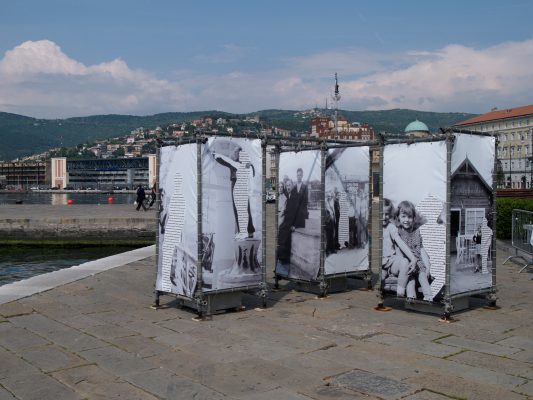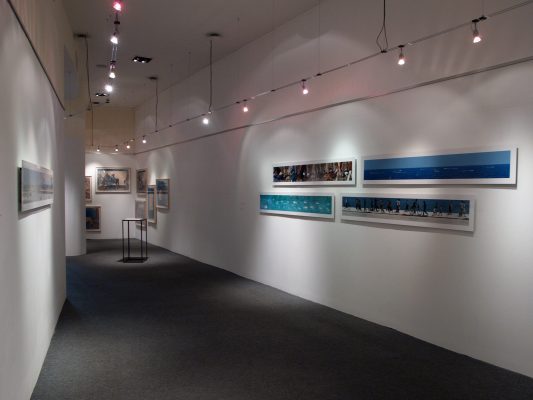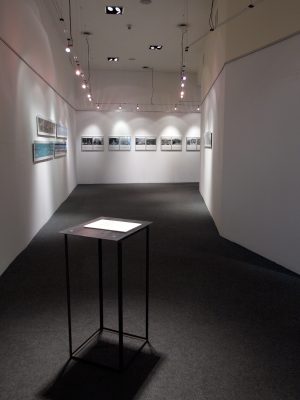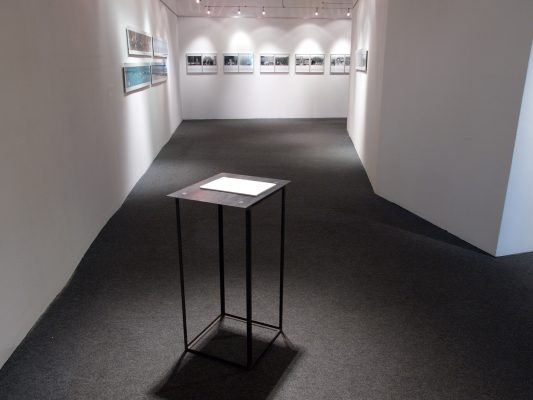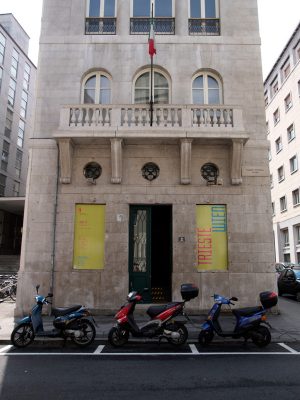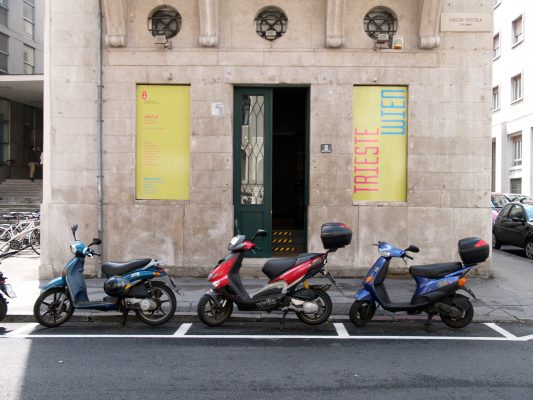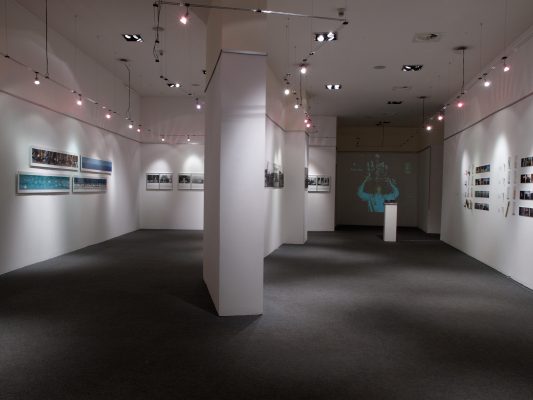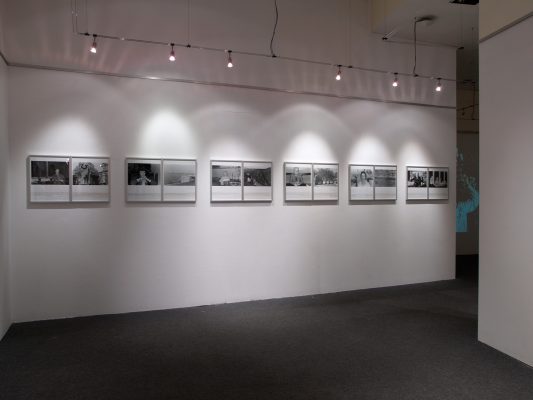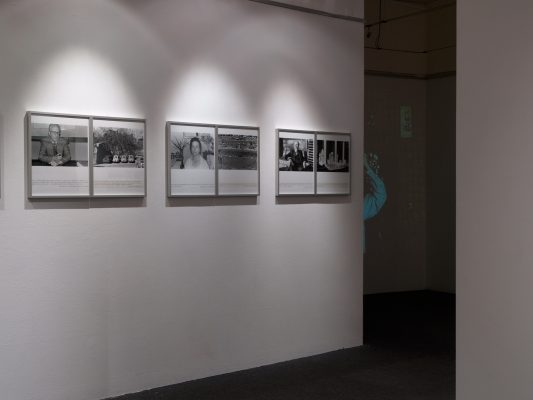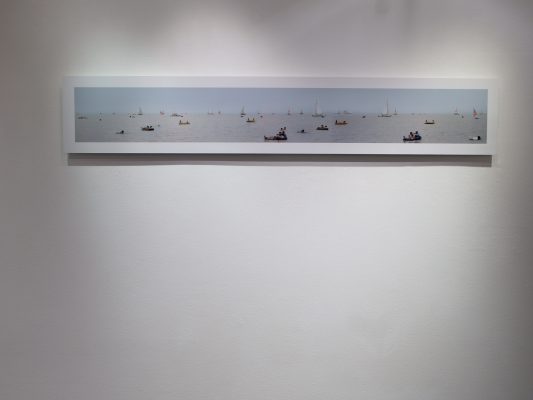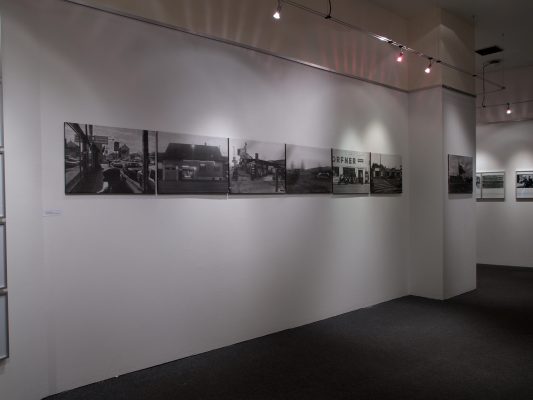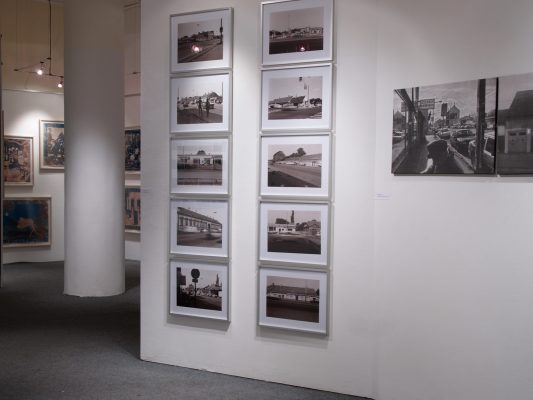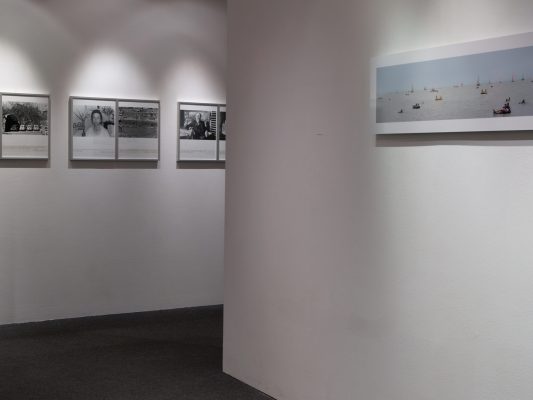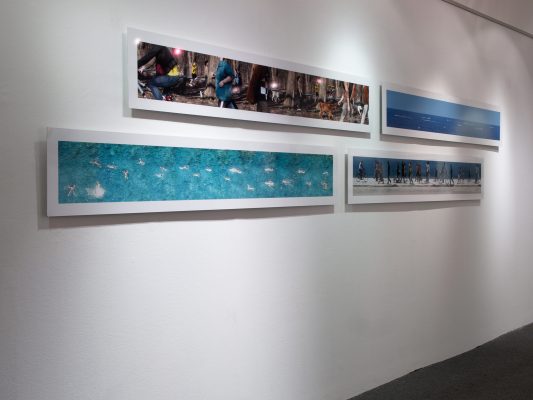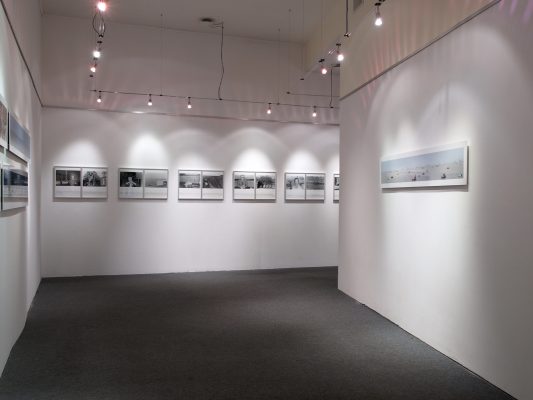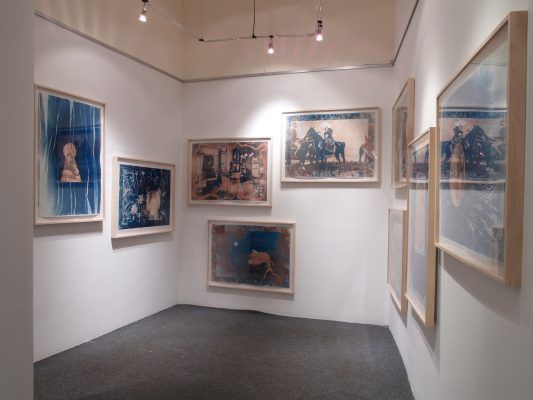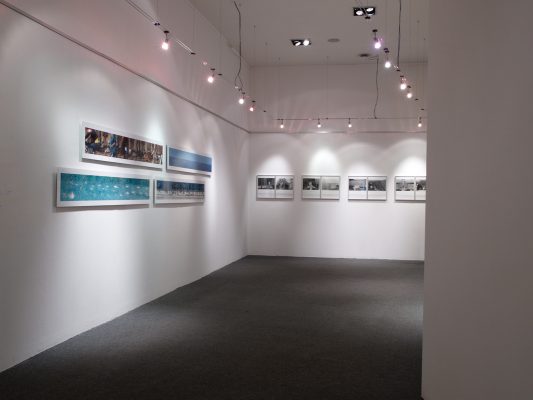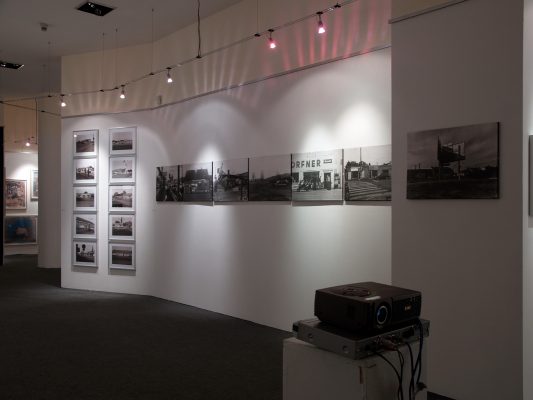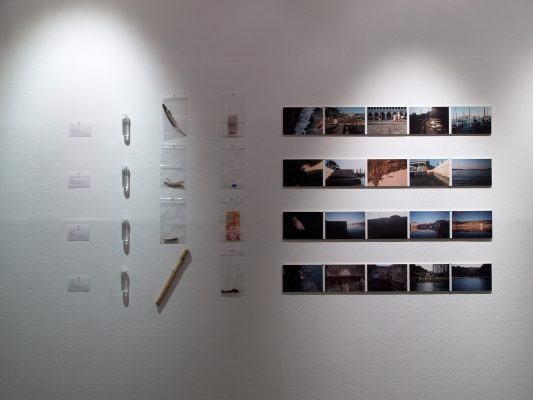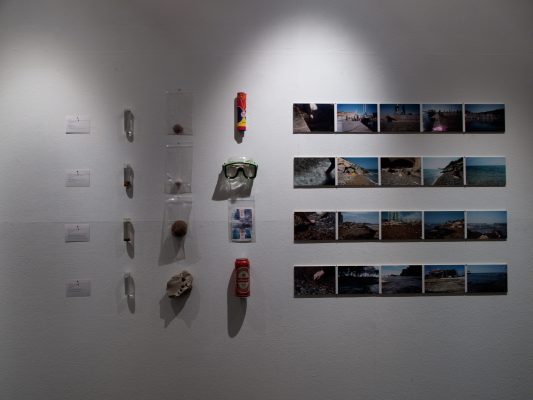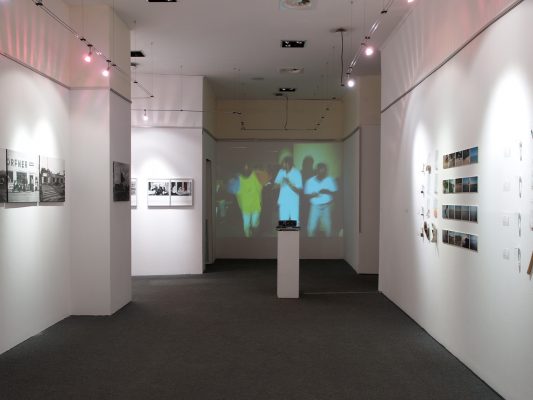Opening: Tuesday 9 May, 18.00 h
PALAZZO COSTANZI / Sala Comunale d’Arte
Piazza Piccola 3, 34121 Trieste, Italy
daily/tutti i giorni 10.00-13.00 / 17.00-20.00
HERE AND THERE / QUA e LÁ
Vienna and Trieste, two cities with a common past. Both are urban jewels by their location and beauty. Both are also connected by a nostalgia, caused by a monarchistic flair, which gives an idea of the greatness, the power of the once great empire, the K&K monarchy by means of urban structures, magnificent buildings and relics from that time. Both are characterized by their multicultural society with all positive as well as negative aspects, both in a certain way in search of a new, contemporary identity and modern image.
The exhibition HERE and THERE – Vienna and Trieste, is the attempt of a double portrait of “here and there”, of “then and now” from the point of view of Austrian artists with whom FOTOGALERIE WIEN has collaborated in recent years.
This exhibition is part of an overarching project by IreneStrobl: VIENNA – TRIEST: an approach, to which there will be further program points in the areas of film, video, art in public space, literature, …
will take place. More information at: www.forart.at
Eva Brunner-Szabo/Gert Tschögl (Theme: Longing)
Archive of the sea, work in progress since 1998
Consisting of one index card each, a snap-glass with sea water from the sampling point, two objects – one artificial and one natural, five photographs (as of 13.3.2006, 60 sites). We love the sea. So we explore seashores wherever our travels take us, hike the coastal strips and browse their alluvial zones and landscapes. We create inventories and inventories, label what is discarded and what is washed ashore, photograph the act of taking water samples with the goal of documenting and archiving human interventions in nature and cite them as evidence of our presence in the place. From the project Archive of the Sea speaks above all the hope of a sentimental find, like that of a message in a bottle, dreamed of as a child.
Andreas Dworak (Theme: Unsites)
Lost Highway, 2006
“Biotope of concrete, beer and gasoline” (Michael Hafner). Almost 20 years after Elfriede Mejchar’s conceptual series Triester Straße, Andreas Dworak deals with it again in his series Lost Highway. A time-topographic journey that captures change, but at the same time, Dworak’s rubber printing technique inverts the photographs into almost historical, painterly images.
Branko Lenhart (Theme: Minorities)
The minorities of Trieste, 1985
This work about the minorities and ethnic groups in Trieste proves that the city has been cosmopolitan for centuries. The various religious communities, with their places of worship (and their own areas at the cemetery), form an integral part of the cityscape.
Elfriede Mejchar (theme: non-places)
Trieste Street, 1982/83
Trieste Street was historically the most important connection between Vienna and the trading city of Trieste. On the one hand I tried to show the historical importance of this north-south connection in my photographs, and on the other hand to make the present character of this street, which is characterized by traffic and speed, perceptible with long exposure times. (E.M.)
Michael Michlmayr (Theme: Leisure)
Passages, 2001/2006
In the works of the series Passages, sequences are brought together to form a spatial whole. Temporal sequences become a constructed stage of space and time through the fact that they have been newly virtually interwoven. Passers-by become “actors” in the resulting “film”. Realities are condensed. For the exhibition Hier und Dort I juxtapose two “Viennese leisure impressions” with two “Adriatic” ones. (M.M.)
Lisl Ponger (Theme: Minorities)
Phantom Foreign Vienna, 2004
In 1991 and 1992 Lisl Ponger meticulously collected Super-8 recordings of festivals, weddings and dances in the course of a multicultural trip around the world, during which she did not leave the city of Vienna after all. While her initial aim was to visualize cultural diversity that simply did not exist in the public cityscape, the recourse to it – from a good ten-year distance – calls this very act of visualization into question again. “What do I actually see? “is said at one point in the off-camera commentary spoken by Ponger himself, and this is not the only thing that makes clear how aware the film is of the problem of dealing with the “ethnic”. It seems that in every act of visualization there is inevitably a tendency to capture the ephemeral and diasporic in a fixed, stereotypical image. (…) (Christian Höller)
Beate Schachinger (Theme: Nostalgia – Kitsch – Autobiography)
Sisi, 1994
I never saw my great-grandmother leave the apartment, nor could my mother remember it. Before falling asleep, my great-grandmother told me how, as a little girl, she had seen Empress Sisi passing her in a carriage. With her she shared “those horrors of being seen” (Juliane Vogel, in: Beate Schachinger: Sisi, NÖ Landesmuseum, Vienna 1994), which accompanied her throughout her life. (B.S.)
